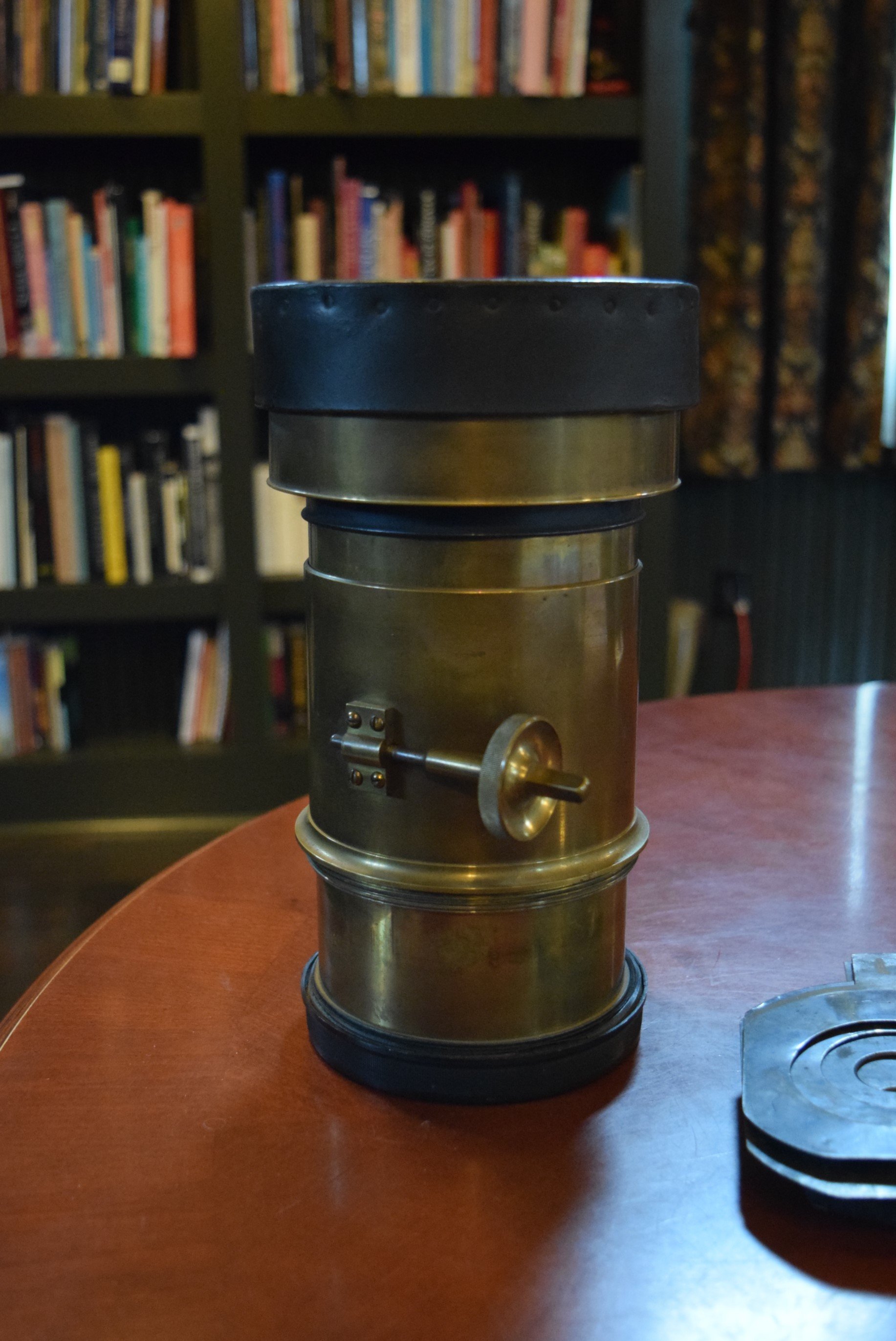In mid December 2024, brothers Mike and Chris Taylor of Pygmylush and pageninetynine contacted me about collaborating on their upcoming album, TOTEM, from Persistent Vision Records. My first record design in 20 years couldn’t have been a more wonderful experience. This studio post is about the making of the main cover sculpture, as well as the tintype that was used for the actual album cover.
The rough sketch used to communicate my ideas to the band. There wasn’t a set title for the album at this early stage, and I didn’t know if there would be a band logo used. This sketch also includes a moon and sun, which to me illustrated the contrasting nature of the album’s music. As the sculpture developed, I opted to let this idea go in favor of filling the background completely with the vine motif.
Once I got the raven taxidermy skin, I was ready to begin the sculptural background. After the album dimensions were scaled up for a work drawing, I began by laying out the dried flowers, band logo, and album title (now TOTEM). In this photo, the bones are unpainted primed resin and unfinished. In the bottom right corner of the work drawing are the beginnings of the vine patterning.
While the work drawing was being developed, I began to sculpt the background vines in epoxy clay.
The finished work drawing with some early sculpted vines.
As the work drawing continued, I cut the paper in half to make it easier to move around. This assisted sculpting the vines as well.
For the most part, the vines followed the work drawing but were adjusted as sculpting continued. In this picture SF stands for Strawflower.
After the vines were roughed in, they were carefully removed from the work drawing and the joints strengthened.
The vines were refined with a rotary tool, files, and sand paper, with special attention given to the intersecting vine joints.
Completed epoxy clay vines, ready for priming and painting.
To help control how a tintype sees the image, everything was painted in grey scale. All leaves and dried flowers were painted with an airbrush with details done by hand.
Most objects in the sculpture were made by me, including all the bones, succulents, shells, and snail. In this picture, the wasp nest, acorns, and maple seeds are real and painted grey scale.
Assembly could be started once all the background elements were complete. The raven taxidermy was mounted to a board covered with stretched black velvet and the boarders and type placement marked off.
The painted vines were carefully glued into place with silicone, using the work drawing as reference.
For the most part, assembly followed the work drawing but there was room for changes and invention as the sculpture came together. All leaves, bones, and additional elements were glued to the velvet with silicone.
The finished sculpture, ready to be made into a tintype.
The day of the shoot, fresh flowers were arranged in the chest cavity of the raven. The sculpture was hung in my studio and photographed with an antique camera and lens. The space lacks natural light, so the sculpture was lit with several Speedotron lights and a power pack.
The camera used was my 1900 Century No. 2 fitted with a 8x10 back. I had a custom plate reducer made in Slovenia by Zebra, which allowed me to shoot a square 7.5”x7.5” tin plate, following the dimensions of a record sleeve.
The lens used was my 1900 Dallmeyer 3A, one that I am lucky enough to have the original reducing stops for.
It took several tries to get the exposure and developing right. These images are a few developed tintypes photographed in water rinse trays.
This is the untouched tintype used for the album cover. The photograph was taken of the tintype before it was varnished.
For the version on the record sleeve, I did some color correction and added a slight vignette in post production, but that is about all. Normally I wouldn’t digitally change my artwork tintypes when putting them online, but felt that the purpose of this tintype, with the added typography, was more of an illustration and thus allowed the digital vignette.
Thanks again to Pygmylush and Persistent Vision Records. You have my gratitude.





























